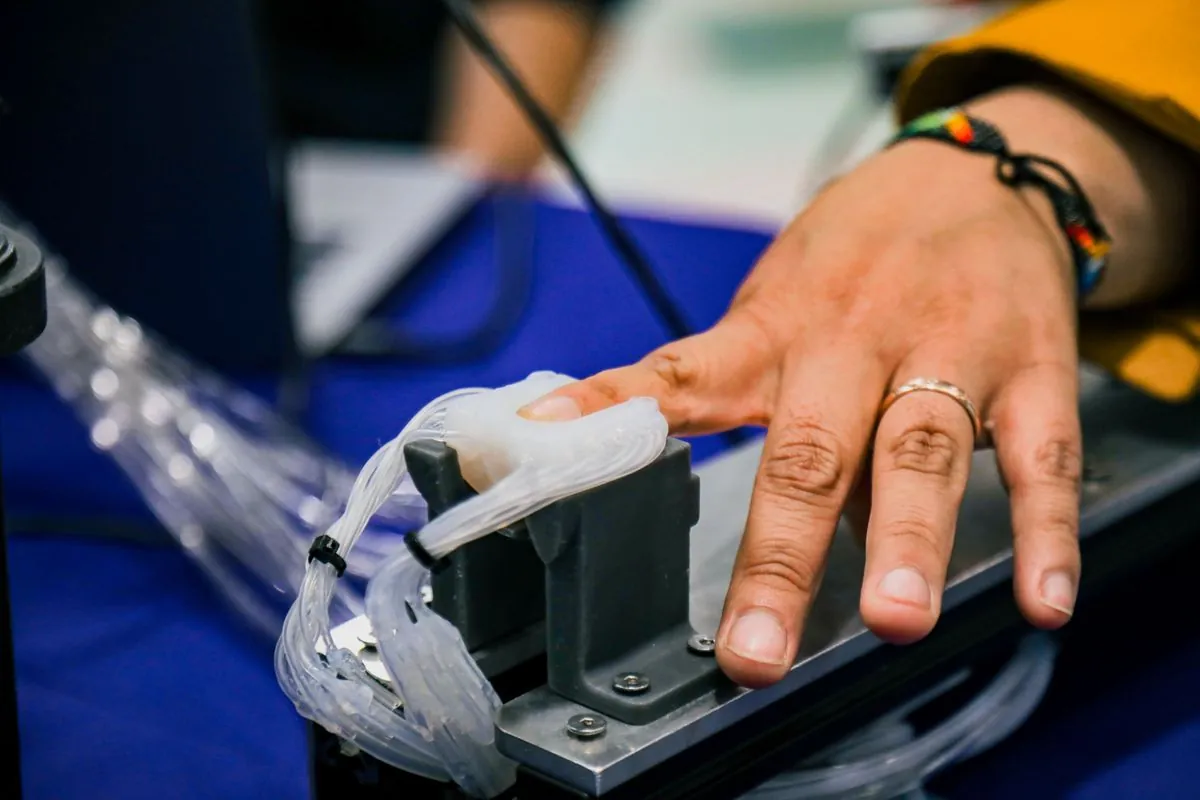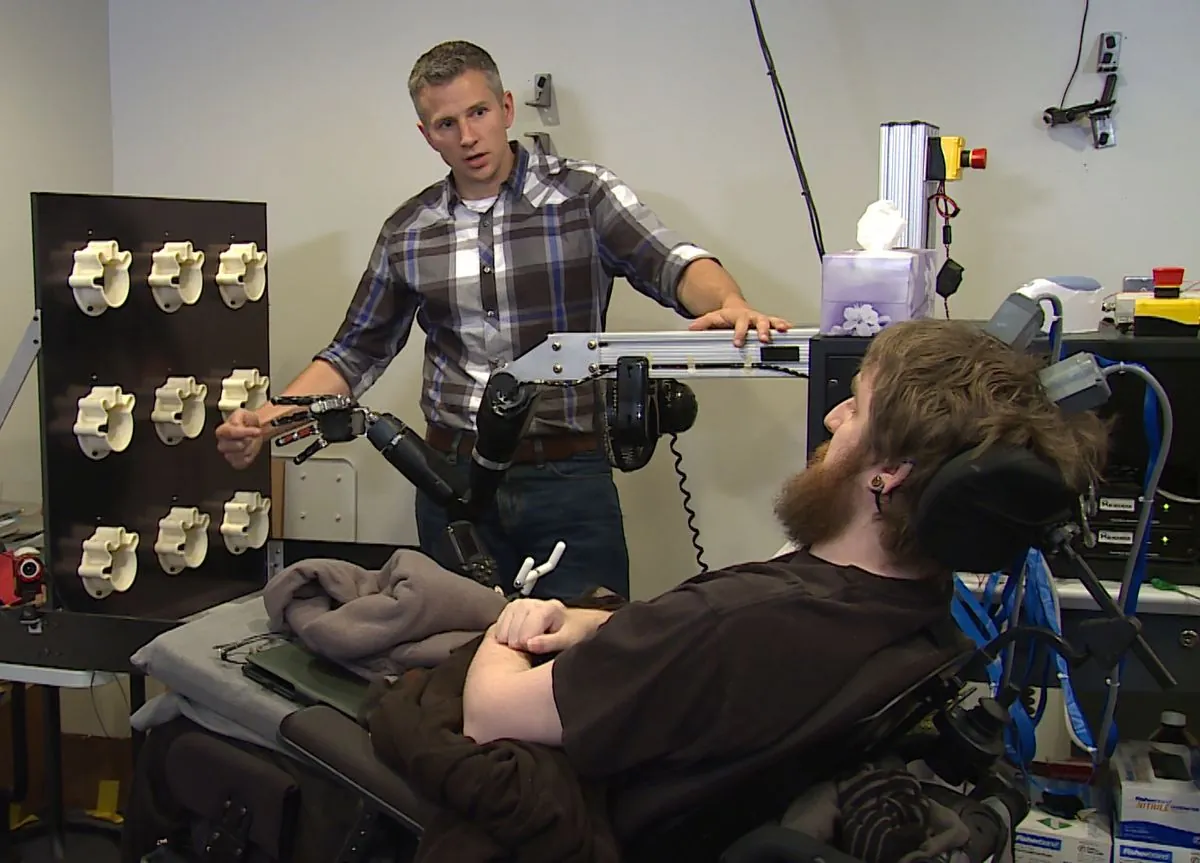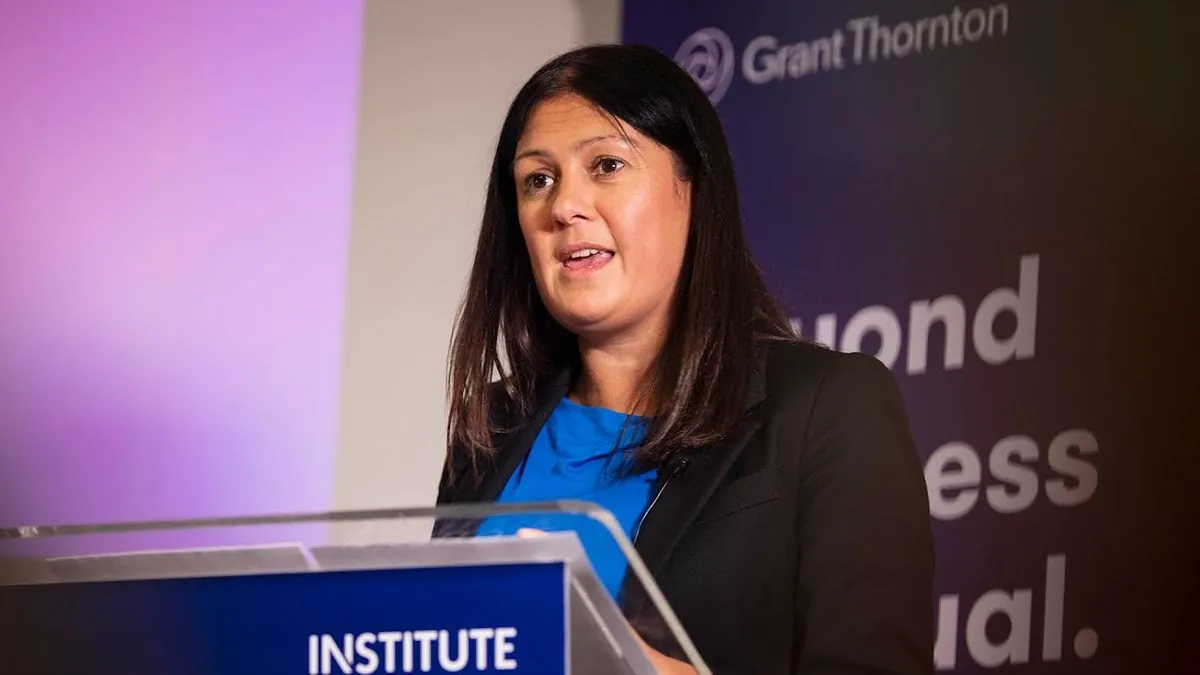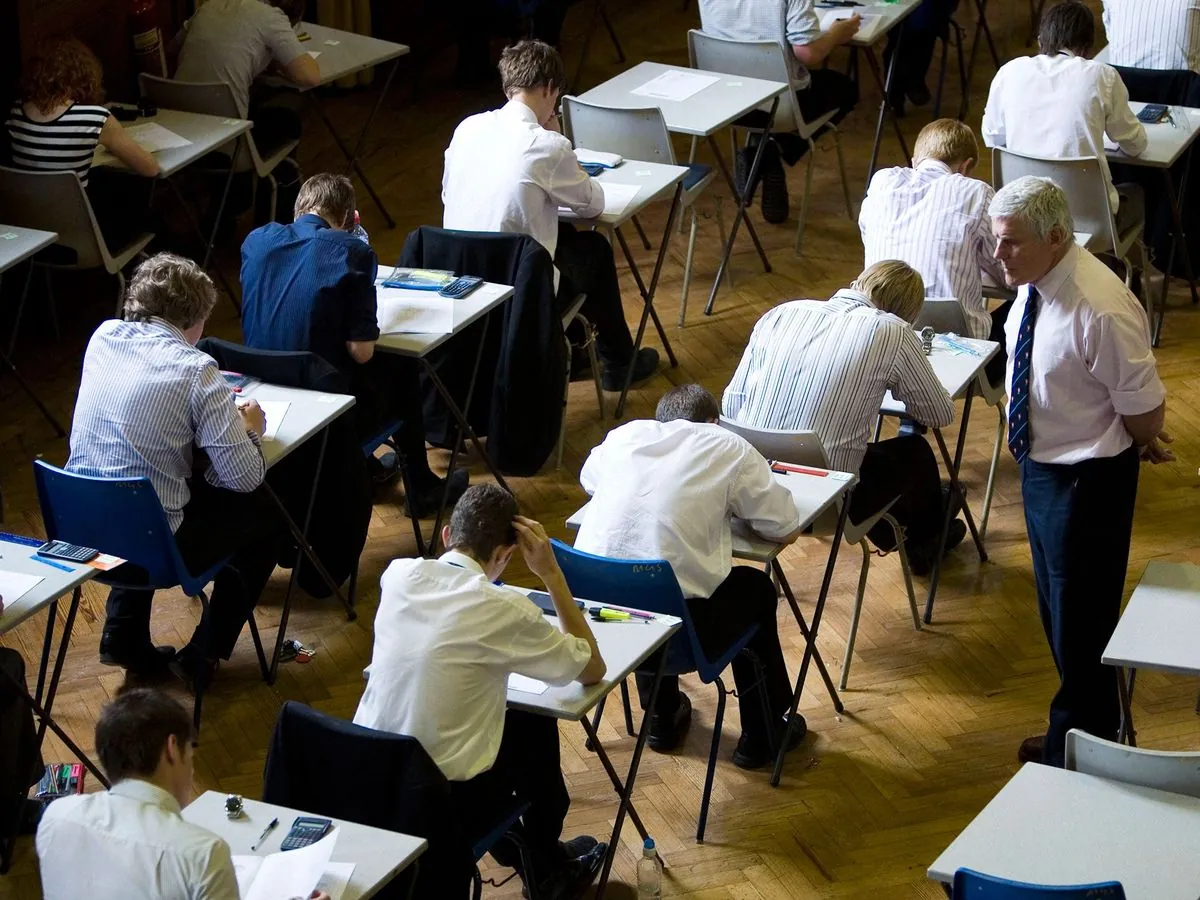UCL Scientists Develop Robotic Fingertips to Restore Touch Sensation
UCL researchers have created robotic fingertips that could help restore touch sensation. The technology, set for clinical trials, may also aid in diagnosing conditions causing loss of touch.

Scientists at University College London (UCL) have developed innovative robotic fingertips that could potentially restore the sense of touch for individuals who have lost it. This groundbreaking technology, known as BAMH, is designed to replicate real-life sensations through vibrations at various frequencies, activating all four touch sensors in the skin simultaneously.
The device clamps onto a person's finger and transmits sensations to the entire fingertip, creating an accurate reproduction of touch. This advancement is particularly significant as the human fingertip contains approximately 3,000 touch receptors, making it a complex area to replicate artificially.
UCL researchers are planning a clinical trial to evaluate BAMH's effectiveness in monitoring touch loss in patients with conditions such as carpal tunnel syndrome and diabetes. These conditions affect millions worldwide, with carpal tunnel syndrome impacting 3-6% of adults and diabetes affecting around 422 million people globally.

The upcoming trial, set to begin before the end of 2024, will recruit ten individuals experiencing diminished finger sensation. Over an 18 to 24-month period, participants will undergo regular check-ups with academics and doctors to assess any progression in their loss of touch sensitivity.
Dr. Sara Abad, a study author from UCL, highlighted the potential social applications of this technology. She suggested that BAMH could enhance virtual interactions by incorporating a physical touch element into video calls, potentially bridging the gap in long-distance communication.
Professor Helge Wurdemann, another researcher involved in the project, expressed optimism about expanding the technology. He envisions developing a glove that could provide a more comprehensive touch experience across multiple fingers.
The implications of this technology extend beyond social interactions. Researchers are exploring its use in telemedicine and robotic surgery, potentially allowing clinicians to conduct remote examinations with the same level of tactile feedback as in-person assessments. This aligns with the growing field of telerobotic surgery, which has been advancing since the first successful robotic surgery in 1985 and the first transatlantic telesurgery in 2001.
The development of BAMH represents a significant step forward in haptic technology, a field that began to emerge in the 1970s. It addresses the crucial need for touch feedback in various applications, from advanced prosthetics to virtual reality experiences.
As the research progresses, it could potentially revolutionize how we approach the diagnosis and treatment of conditions affecting touch sensation, as well as how we interact in an increasingly digital world.
"Unfortunately, with video calls there is a barrier. For social bonding, which is important, you need touch, but video calls don't provide that."
This innovative technology, detailed in a study published in Nature Communications, demonstrates the potential for significant advancements in both medical diagnostics and human-computer interaction, paving the way for a future where the digital and physical worlds are more closely intertwined.


































